Rising Oil and Gas Production
The increasing production of oil and gas in the US is a primary driver for the hydrate inhibitors market. As extraction techniques evolve, particularly in shale and offshore drilling, the need for effective hydrate management becomes critical. The US Energy Information Administration (EIA) indicates that domestic crude oil production reached approximately 12.3 million barrels per day in 2023, a trend that is likely to continue. This surge in production heightens the risk of hydrate formation in pipelines, necessitating the use of hydrate inhibitors to ensure operational efficiency and safety. Consequently, the hydrate inhibitors market is poised for growth as companies seek to mitigate the risks associated with hydrate blockages, thereby enhancing production reliability and reducing downtime.
Increasing Regulatory Scrutiny
Increasing regulatory scrutiny in the oil and gas sector is a notable driver for the hydrate inhibitors market. Regulatory bodies in the US are implementing stricter guidelines to ensure safety and environmental protection, particularly concerning the management of hydrates. The Pipeline and Hazardous Materials Safety Administration (PHMSA) has introduced regulations aimed at minimizing risks associated with hydrate formation in pipelines. This heightened focus on compliance compels companies to invest in effective hydrate management solutions, including the use of specialized inhibitors. As operators strive to meet regulatory requirements, the demand for hydrate inhibitors is likely to rise, thereby propelling market growth.
Expansion of Deepwater Exploration
The expansion of deepwater exploration activities in the US is a significant driver for the hydrate inhibitors market. As companies venture into deeper waters, the challenges associated with hydrate formation become more pronounced due to the high pressures and low temperatures encountered. The Bureau of Ocean Energy Management (BOEM) has noted an increase in deepwater lease sales, indicating a growing interest in these resources. This trend necessitates the use of advanced hydrate inhibitors to manage the risks associated with hydrate blockages in subsea pipelines. As exploration continues to expand, the hydrate inhibitors market is likely to experience increased demand, driven by the need for reliable solutions to ensure uninterrupted production.
Growing Focus on Energy Efficiency
The push for energy efficiency within the oil and gas sector significantly influences the hydrate inhibitors market. Companies are increasingly adopting technologies that minimize energy consumption and enhance operational performance. The US Department of Energy has reported that energy efficiency improvements can lead to substantial cost savings, potentially reaching up to $1 trillion by 2030 across various sectors. In this context, hydrate inhibitors play a crucial role by preventing hydrate formation, which can lead to costly interruptions and energy losses. As organizations strive to optimize their processes and reduce operational costs, the demand for effective hydrate inhibitors is expected to rise, driving market growth.
Technological Innovations in Inhibitor Formulations
Technological innovations in the formulation of hydrate inhibitors are reshaping the landscape of the hydrate inhibitors market. Recent advancements have led to the development of more effective and environmentally friendly inhibitors, which are gaining traction among industry players. The US Environmental Protection Agency (EPA) has emphasized the importance of sustainable practices, prompting companies to seek out innovative solutions that align with regulatory standards. These new formulations not only enhance performance but also reduce environmental impact, making them more appealing to operators. As the industry shifts towards greener alternatives, the hydrate inhibitors market is expected to benefit from the growing adoption of these advanced formulations.


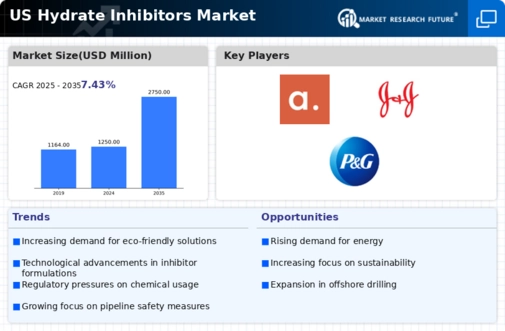
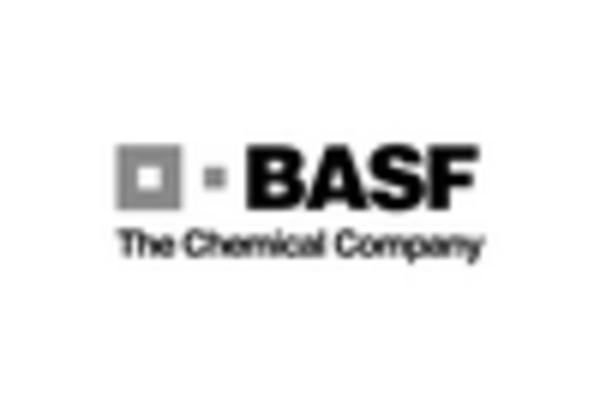
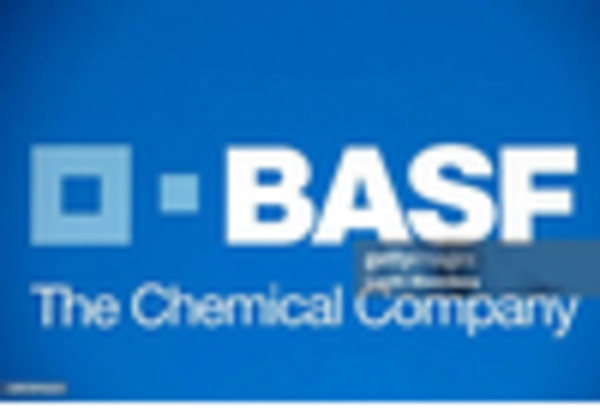
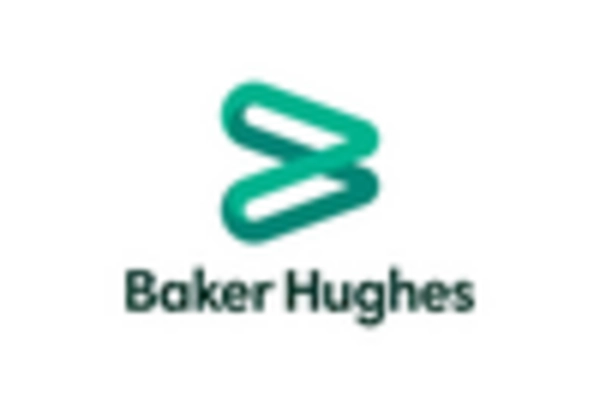
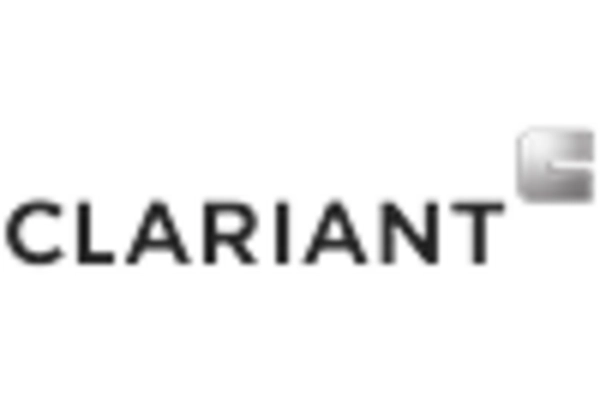
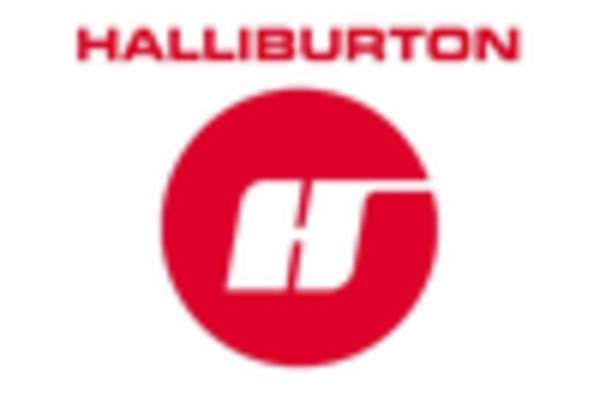
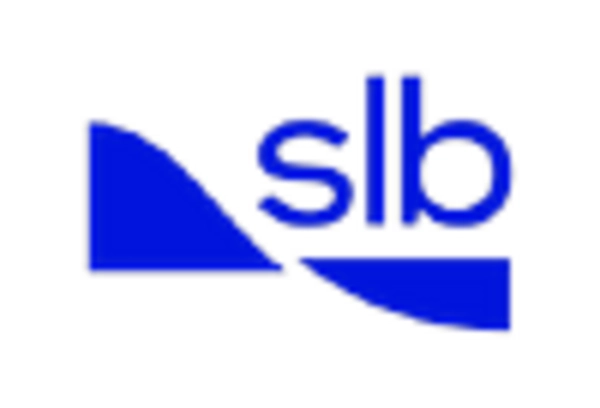








Leave a Comment